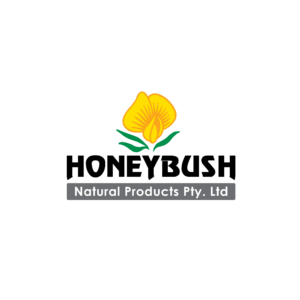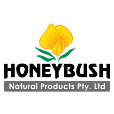
Production & Processing
- Home
- Production and Processing
Harvesting
Honeybush is harvested by hand throughout the year. A sickle or pruning-shears are used for harvesting the shoots (leaves, stem and twigs) of the plant.
The cuttings are then bound into bundles for transportation to the processing plant.
Fermentation
The fermentation takes place in special temperature and moisture controlled chambers. During this process the product changes from green to the characteristic dark brown colour and develops a sweet, honey-like aroma. The fermented Honeybush is then sent via a conveyor belt to the drying chamber.
Green Honeybush is the unfermented variation of the product. In this case the tea is cut and dried immediately. Compared to fermented Honeybush the extraction is lighter in colour and the flavour is not as sweet. The antioxidant activity is however higher.
Drying
The Honeybush is mechanically dried in a custom-built drying chamber.
Sorting, grading and packaging
The various grades of Honeybush are then bagged for packaging and distribution. It can be packaged, either in bulk as loose tea or into teabags under customers’ own brand names.
Quality Control
Throughout the process the product is subjected to rigorous quality control. Various tests are conducted to ensure that the final product can be certified as a hygienic, quality Honeybush that can be enjoyed by tea-lovers around the world.
